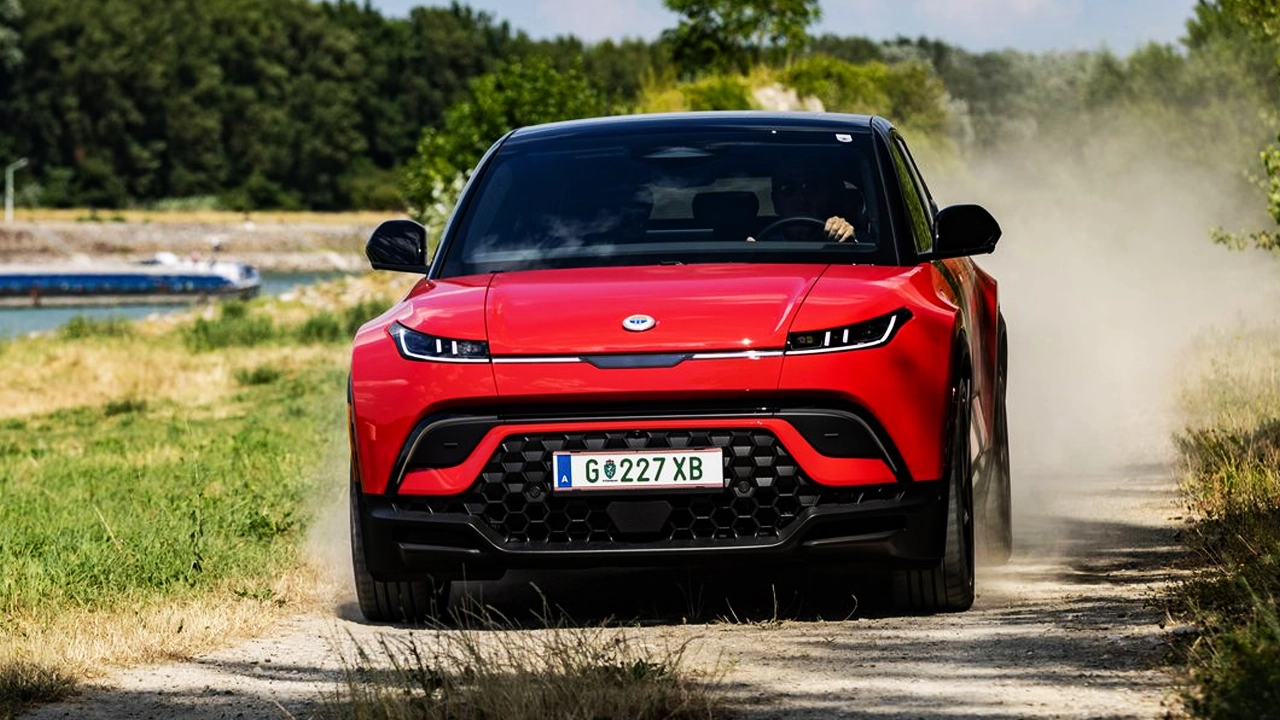Home »
In a dramatic turn of events, Fisker Inc., a prominent name in the electric vehicle (EV) industry, has filed for Chapter 11 bankruptcy protection just days after issuing a recall for its Ocean SUVs. This article delves into the details of the recall, the bankruptcy filing, and what it means for the future of the company.
Fisker Recalls Ocean EV
Earlier this month, Fisker Inc. recalled 6,864 of its Ocean SUVs from the 2023 model year due to a critical issue with the Motor Control Unit (MCU) and the Vehicle Control Unit (VCU). This recall was reported to the National Highway Traffic Safety Administration (NHTSA) on June 5, less than two weeks before the company filed for bankruptcy protection.
Issue at Hand
The recall concerns a software defect that could cause the vehicle to unexpectedly enter a fail-safe mode, resulting in a loss of drive power. Specifically, the software glitch may cause the Ocean SUV to shift automatically from Drive to Neutral to Park when coming to a stop, necessitating a power cycle to resume normal function. Fisker plans to address this issue with an over-the-air update to both the MCU and VCU, aiming to rectify the defect and ensure the vehicles’ safety and reliability.
Bankruptcy Filing
On late Monday, Fisker Inc. filed for Chapter 11 bankruptcy protection, joining Lordstown Motors as the second EV manufacturer to take this step in the past year. The bankruptcy filing underscores the severe financial and operational challenges Fisker has faced, compounded by market and macroeconomic headwinds.
Company Statement
“Like other companies in the electric vehicle industry, we have faced various market and macroeconomic headwinds that have impacted our ability to operate efficiently,” Fisker stated on Monday. “After evaluating all options for our business, we determined that proceeding with a sale of our assets under Chapter 11 is the most viable path forward for the company.”
Financial Strategy and Stakeholder Engagement
Fisker is actively working with stakeholders on debtor-in-possession financing and the sale of its assets. The company aims to continue limited operations during the bankruptcy process, including paying employee wages and benefits, preserving certain customer programs, and compensating essential vendors.
The Journey to Bankruptcy
Fisker’s path to Chapter 11 has been marked by several significant challenges and strategic missteps. Founded (or relaunched) in 2016 by automotive designer Henrik Fisker, the company went public in 2020. However, it received a warning from the New York Stock Exchange earlier this year when its stock price fell below $1.
Workforce and Production Challenges
In February, Fisker cut 15 percent of its workforce, signaling financial distress. This was followed by a production pause and drastic price reductions for the Ocean SUV as the company scrambled to secure funding. Despite these efforts, the financial pressures proved too great, leading to the bankruptcy filing.
Impact of the Recall and Bankruptcy on Customers and Stakeholders
The recall and bankruptcy filing have significant implications for Fisker’s customers and stakeholders. The recall affects nearly all Ocean SUVs from the 2023 model year, with 100 percent of the recall population estimated to have the defective software. The over-the-air update is crucial to resolve the issue and restore customer confidence in the brand.
- Audi GT50 Concept: A Loud Reminder of Why Car Enthusiasts Fell in Love With Audi
- Nearly 30% of UK Drivers Believe Car Tax Should Be Based on Mileage — Survey
- Why Planes and Boats Escaped the Luxury Tax But Cars Didn’t
- Australia’s Headlight Confusion: Authorities Warn Drivers After Viral $250 Headlight Rule Goes Wild Online
- 2025 Hyundai Venue Facelift Launched in India – Full Details, Variants, and Price
Manufacturing and Future Operations
A previously announced manufacturing pause remains in effect, with no clear timeline for resumption. Fisker’s ability to continue reduced operations, including manufacturing and customer support, will depend on the success of its asset sale and restructuring efforts.
Future Prospects
Fisker’s bankruptcy filing raises questions about the future of the company and its ability to compete in the increasingly competitive EV market. The company’s strategy to limit the impact on U.S. subsidiaries and focus on restructuring offers a glimmer of hope, but significant challenges remain.
Frequently Asked Questions
Fisker recalled the Ocean SUVs due to a software defect in the Motor Control Unit (MCU) and Vehicle Control Unit (VCU) that could cause a loss of drive power.
The company plans to fix the issue with an over-the-air update to both the MCU and VCU.
Fisker filed for Chapter 11 bankruptcy protection late Monday, less than two weeks after the recall.
Fisker aims to continue limited operations, including paying employee wages and benefits, preserving customer programs, and compensating essential vendors while working on restructuring its debt and selling its assets.
The future of Fisker Inc. depends on the success of its restructuring efforts and ability to secure financing and support from stakeholders. The company faces significant challenges but remains committed to addressing them.
Conclusion
The recall of 6,864 Ocean SUVs and the subsequent Chapter 11 bankruptcy filing marks a tumultuous period for Fisker Inc. The company’s efforts to address the software defect and navigate the bankruptcy process will be closely watched by industry analysts, customers, and stakeholders. As Fisker seeks to restructure and possibly emerge from bankruptcy, the lessons learned from this episode will be crucial for its future endeavors in the EV market.
